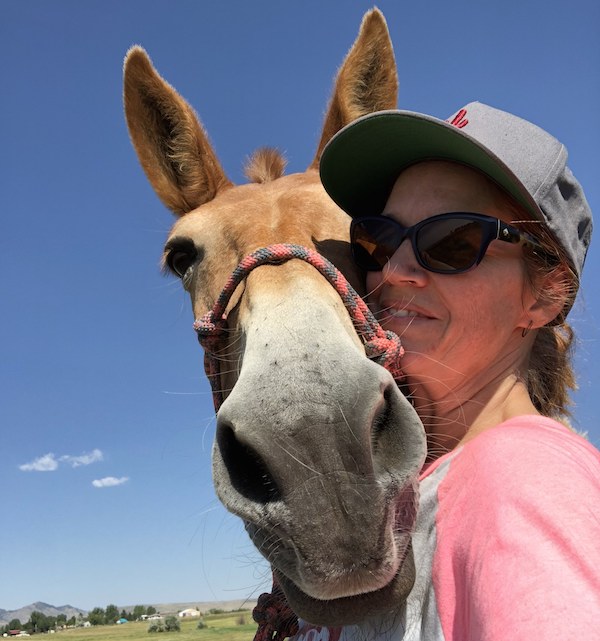Exploring the Backcountry with a Mule

As NOLS horsepacking instructor Ari Hertz points out, the Wilderness Act stipulates that designated wilderness areas should be large enough to absorb the impact of a two-week packing trip. Reflecting on her own experience traveling in the backcountry with a mule, Stacey McKenna explores the history of bringing stock into the wilderness.
“I like the way the world looks between two ears. I like the perspective shift in trying to experience a place the way my horse or mule does. But I’ve had plenty of friends lament manure on trails, sneer at overgrazed campsites, and pose aloud the question of whether stock animals should be on trails at all. To this day, however, wilderness in the United States is largely maintained, and partially defined, by the presence of equines.
When Howard Zahniser, one of the authors of 1964’s Wilderness Act, developed knee problems, he turned to horses in order to keep visiting his beloved backcountry, and ultimately wrote the policy with equine access in mind. “When we talk about looking back how wilderness was designated, the Wilderness Act says it should be an area big enough to able to absorb a two-week pack trip,” says Ari Hertz, a horsepacking instructor with the National Outdoor Leadership School (NOLS) in Lander, Wyoming. “This is what they were thinking about when they were preserving these areas.”
Topics:

